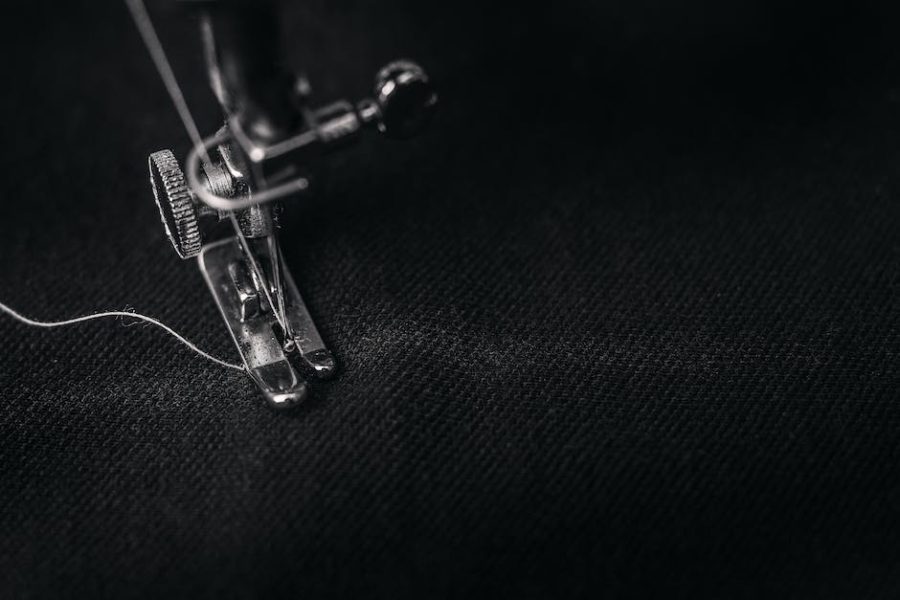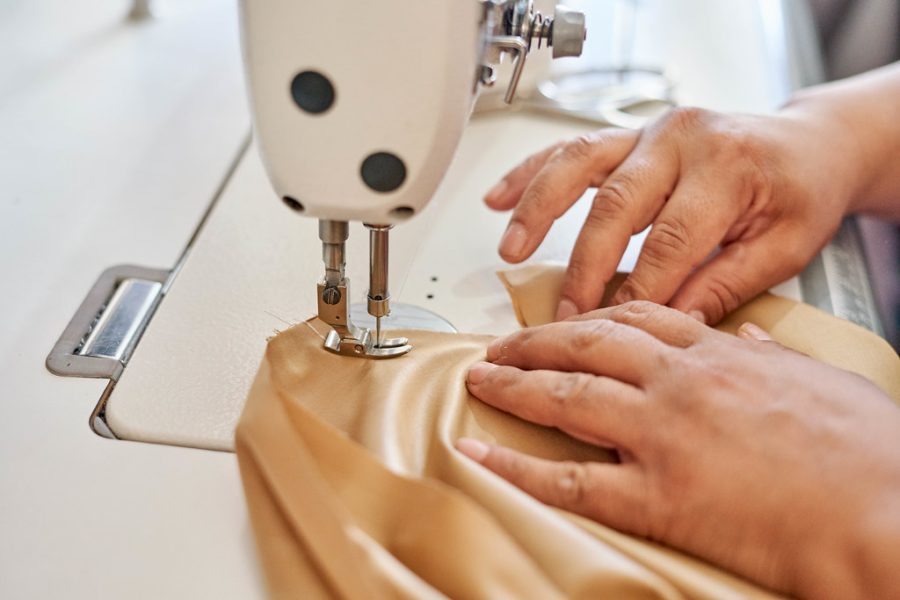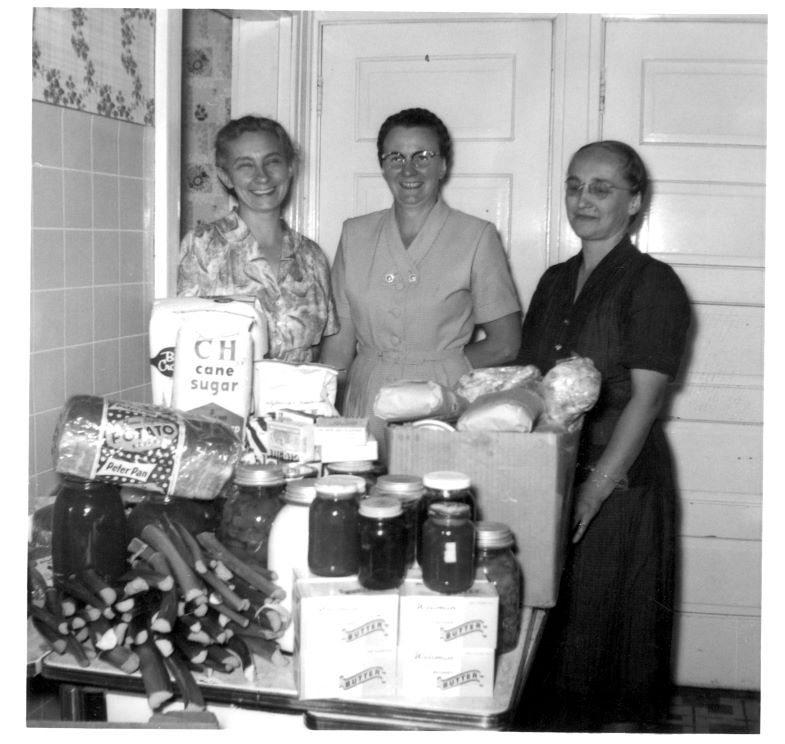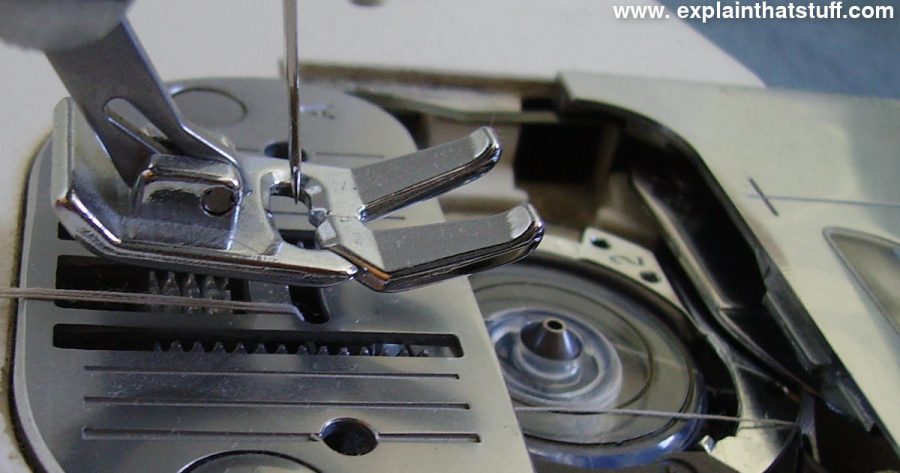Canvas is a versatile and durable fabric commonly used in various sewing projects, including bags, tents, and upholstery. It is known for its strength and sturdiness, making it ideal for heavy-duty applications. When working with canvas, sewing the seams properly is crucial to ensure the longevity of the finished product. Here are some tips and techniques to sew canvas seams like a pro!
Choosing the Right Needle and Thread
Canvas is a dense and heavyweight fabric, so it’s essential to use the appropriate tools for sewing. Opt for a heavy-duty sewing machine needle, such as a size 16 or 18, which is designed to penetrate thick fabrics. Additionally, use a durable thread like polyester or nylon, which can withstand the stress and tension exerted on canvas seams.

Preparing the Seams
Before sewing, make sure to properly align and secure the fabric pieces. Pin or use fabric clips to hold the layers together, paying attention to matching seam allowances. Canvas edges tend to fray, so it is advisable to finish the raw edges using techniques such as folding and stitching or serging, especially for projects that will undergo frequent use or washing.
Seam Finishing Techniques
When sewing canvas seams, there are a few methods you can employ:
- Plain Seam: A regular seam suitable for lightweight canvas or when bulkiness is not a concern. Align the fabric pieces with right sides facing, sew along the seam allowance, and press the seam open or to one side.
- Flat Fell Seam: A strong and neater finish suitable for heavy-duty canvas items like tents or bags. This seam encapsulates the raw edges within folded fabric, preventing fraying and adding extra strength. It requires stitching multiple times and trimming the excess fabric.
- French Seam: A clean and hidden seam finish commonly used in delicate canvas projects like pouches or linings. This technique encloses the raw edges within the seam itself, leaving a clean, professional look.
- Topstitched Seam: A visible decorative seam finish that adds extra strength and reinforces the canvas edges. After sewing a plain seam, press the fabric flat and stitch close to the seam on the right side. This creates a professional appearance while preventing fraying.
Tips for Sewing Success
When working with canvas, keep these tips in mind:
- Use a longer stitch length to prevent the fabric from bunching and to ensure a secure seam.
- Adjust the machine’s tension settings if needed. Test the stitches on a fabric scrap beforehand.
- Always backstitch at the beginning and end of each seam for added strength.
- Consider using a walking foot or a Teflon-coated presser foot to help feed the thick fabric evenly and reduce the chances of it sticking or slipping.
- Take breaks during prolonged sewing sessions to prevent the machine from overheating.
With these valuable tips, sewing canvas seams will become an enjoyable and successful experience. Remember to practice and experiment with different techniques to find what works best for your specific project. Whether you’re creating a sturdy tote bag, a weather-resistant tent, or any other canvas masterpiece, proper seam sewing is the key to a long-lasting and professional-looking finished product!






I just finished my first canvas seam! #sewing #DIY
Zahra Johnson: I can’t wait to get started on mine
#amazing! Congratulations on a job well done Katelyn! Sewing canvas seams can be challenging – enjoy your handiwork and good luck to Zahra on her project! #sewingknowledge
I need some help with mine. Can anyone help?